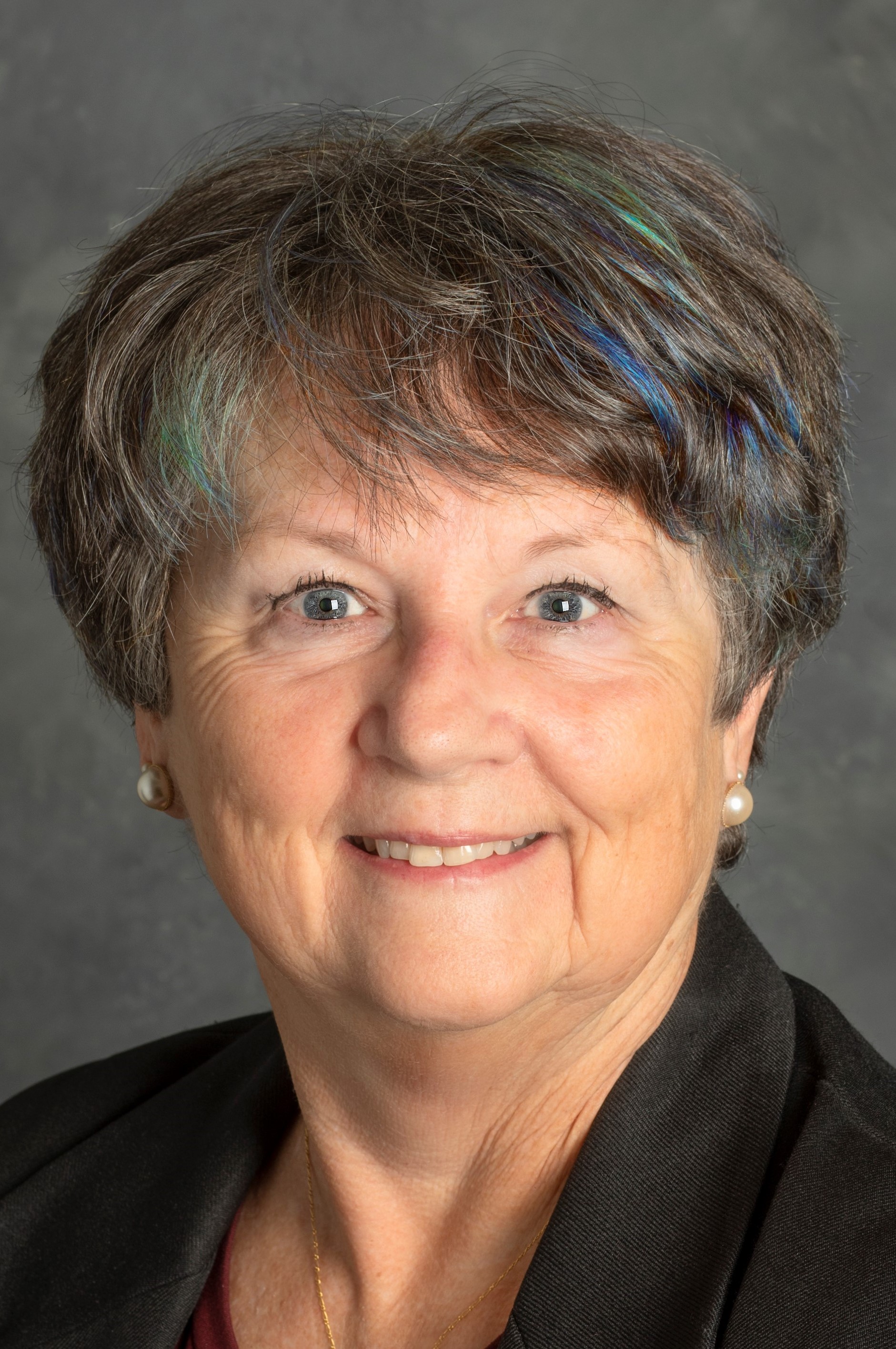2024 Rachel Carson Distinguished Anniversary Series Lecture by Susan Cutter
October 10 (Thursday) at 10 am ET Register

Community Disaster Resilience: To What? For Whom?
Abstract: Within the last decade, the concept of resilience has gained momentum as a collaborative policy effort within the nation for reducing disaster losses and building local, state, and federal capacity to better prepare and plan for, absorb, recover from, and more successfully adapt to actual or potential adverse events. Resilience as a boundary object or a bridging concept enhances but also constrains its utility as a descriptive, if not somewhat vague concept. Yet determining resilience to what and resilience for whom is required for the operationalization of the concept, providing fodder for academics and others to dwell on the definition and meaning of resilience and how it may differ from place to place. This presentation describes the role of disaster resilience in moving federal policy and practice to focus more on disaster loss reduction before the event, rather than immediate response afterward. The shifts in policy garnered political support, but it was the evolution in resilience measurement that led to a more profound engagement by asking resilience to what and for whom? It turns out that what you can measure is what gets managed, and the story of community resilience to disasters indicators is just one of the many stories to be told.
Dr. Susan Cutter is a Carolina Distinguished Professor of Geography at the University of South Carolina and co-director of the Hazards Vulnerability & Resilience Institute (HVRI). She has authored or edited 15 books, 200+ plus peer-reviewed articles and book chapters, and mentored more than 75 masters and doctoral candidates. Her research focusses on vulnerability and resilience science with specific reference to methods, models, and metrics. Her scientific contributions include the hazards of place model of vulnerability, the disaster resilience of place model, as well as tools for assessing spatial and temporal variability in vulnerability (Social Vulnerability Index or SoVI®) and resilience (Baseline Resilience Indicators for Communities [BRIC] Index). Her policy-relevant work focuses on the evidentiary basis for hazard mitigation and disaster recovery policy and practice at local, state, national, and international levels. In particular, she continues to lead investigations of the disproportionate spatial and temporal impacts of disasters on vulnerable populations and the places where they live. Dr. Cutter is an elected fellow of American Association for the Advancement of Science (AAAS). She was also the recipient of her discipline’s highest awards: American Association of Geographers (AAG) Lifetime Achievement, Presidential Achievement, and the Wilbanks Award for Transformation Research. She received an honorary doctorate from the Norwegian University of Science and Technology (2015), and elected as a foreign member of the Royal Norwegian Society of Sciences and Letters that same year. In 2024, Susan became an elected member of both the American Academy of Arts and Sciences and the U.S. National Academy of Sciences.
More information about Professor Cutter and her work is available here.



 Print
Print Email
Email